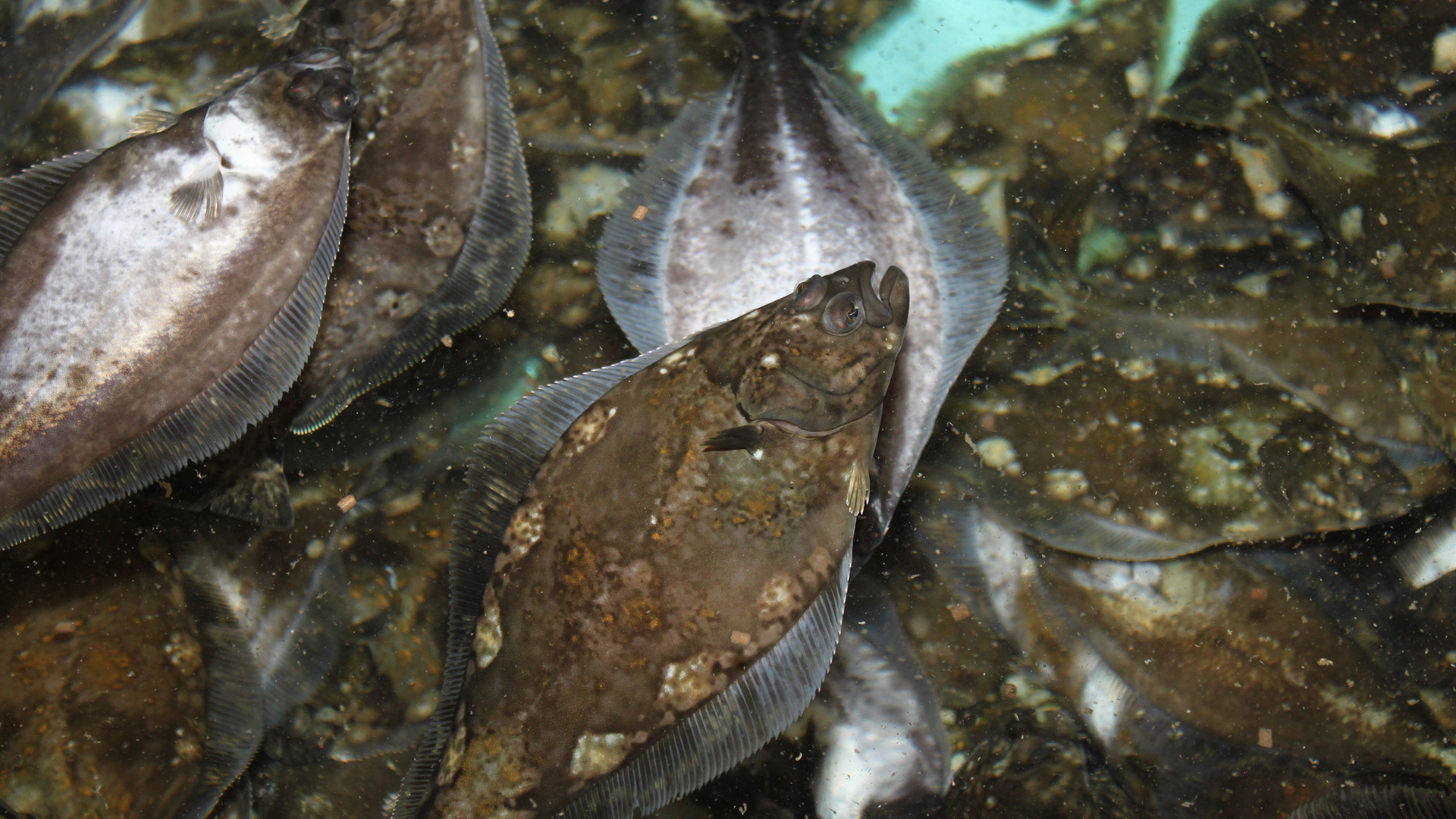The Search for Sustainable Seafood
In search of healthy sustainable food supplies, over half of the global fish supply comes from aquaculture, and it’s now the fastest growing food sector in the world. The Food and Agriculture Organization of the United Nations (FAO) indicates that 70% of the world’s wild fisheries are now either fished to the maximum sustainable yield or are being overfished. The future rising demand for fish as food will have to be met by increasing aquaculture production.
An Innovative Idea
Jim Dunphy, Gerald Johnson and Bob Johnston were inspired to see if they could create an innovative and sustainable way to operate an aquaculture business. They started their investigation by researching whether they could establish a halibut aquaculture industry on land rather than the sea in Prince Edward Island by accessing the saltwater resource under the Island through wells.
The Pilot Project
In 2008, Halibut PEI Inc. started a pilot project at a lobster holding facility in Victoria, PEI. The location was unique in having three deep, salt wells, which were leased for the research project. A most gracious thanks to partners in the Federal and Provincial Governments for helping to fund this crucial research project.
The objective of the project was to demonstrate that the salinity levels and temperatures of the water from the saltwater wells would be suitable for a unique, land-based halibut aquaculture operation. They purchased halibut juveniles from the Scotian Halibut Hatchery in Clark’s Harbour, Nova Scotia, a hatchery established in 1998. During the winter of 2008-2009, 2300 halibut juveniles were placed in tanks at the Morning Star facility.
Exciting Results
The results of the pilot project significantly exceeded expectations. Mortalities were minimal and growth rates were exceptional, and no antibiotics were needed because the water was pure. The nature of the water provides optimal conditions and results in a low environmental footprint, and since the fish are land-based, concerns about fish escaping into the wild are non-existent. Even better, these saltwater wells would otherwise be unusable but are experiencing new life thanks to ingenuity.
Building on Success
Based on the success of the first-year project, the operation at the Morning Star location was ramped up to fill all the existing tanks.
Because of such positive successes, Halibut PEI Inc. continues to grow. Currently, they are finishing another expansion plan that will more than double the level of production.
Market Demand vs Supply
A recent study estimated that the North American demand for farmed halibut aquaculture products is in excess of 10,000 tonnes annually while production currently is less than 100 tonnes. The study projected that production in Nova Scotia, Prince Edward Island, and New Brunswick should reach 2600 tonnes by 2021 creating 200 full-time jobs for an industry producing $52 million in sales.

